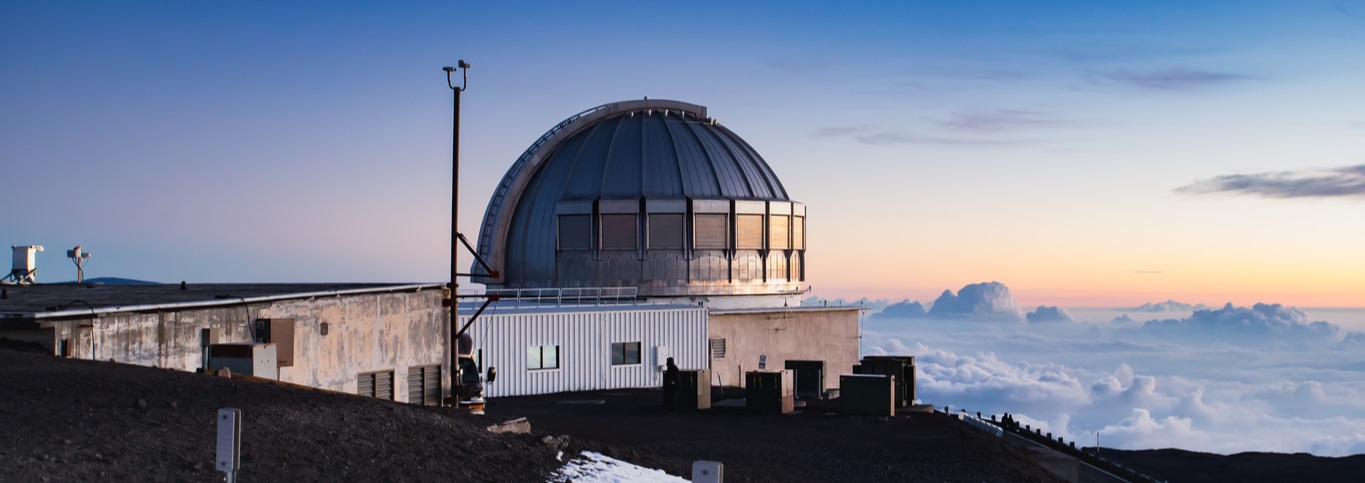Revealing the Wonders of Deep Space
Case study
MSL supports KiwiStar Optics to deliver precision optics for astronomy.

The Challenge
Capturing the light from the most distant galaxies requires specialist telescopes built with incredibly precise optics. From tightly-toleranced lenses and mirrors, to custom cameras and other imaging instruments, manufacturing world-class astronomical tools takes a team of experts with a wide variety of skills.
KiwiStar Optics is a global leader in this sector, and have worked with astronomers at leading observatories for over 40 years. They’ve manufactured components for telescopes in Hawaii, India, South Africa, Australia, the Canary Islands, Chile, and Arizona. A key part of their offering is easy access to the Measurement Standards Laboratory. Our experts in length, photometry and radiometry have supported the development of some of the world’s largest lenses and most advanced spectrographs.
The MSL Solution
KiwiStar Optics and MSL are both based at Callaghan Innovation’s Gracefield campus, with some of their facilities sharing the same building. In addition, they work closely with the specialist, on-site, precision mechanical workshop. This not only provides a unique suite of optical, quality assurance and engineering expertise and equipment, but it creates a seamless development pathway from manufacture through to final assembly.
The process of manufacturing astronomy lenses usually starts with a large block of unpolished glass called a ‘blank’. KiwiStar’s master opticians gradually polish it to form the required shape. Throughout this process, MSL metrologists use their coordinate measuring machine (CMM) to accurately measure the dimensions and geometry of the lens, to within 2-3 µm. MSL can also measure the surface roughness of the lens at a much smaller scale using an atomic force microscope.
Spectrographs, which split the light that reaches a telescope from a galaxy into its constituent wavelengths, consist of a large number of lens assemblies. These lenses must be accurately positioned relative to each other, and to the housing, to work correctly. MSL’s length experts support KiwiStar throughout this assembly stage. Our photometry and radiometry team also measure the transmission of light at specific wavelengths through the final coated lenses.
The Impact
KiwiStar’s optical components can be found on some of the world’s leading telescopes. With MSL’s support, KiwiStar recently manufactured, characterised, and assembled six lenses for the WEAVE multi-object survey spectrograph – including one measuring 1.1 m in diameter, amongst the largest ever made for astronomy.
WEAVE will allow astronomers at the William Herschel telescope to capture the light from 1000 individual objects in a patch of sky equivalent to four times the diameter of the full moon. From this, they’ll be able to determine how fast the galaxies are moving, and unveil their chemical makeup.
“Our close relationship with MSL is a major advantage for our customers. Getting access to the southern hemisphere’s best measurement scientists, and to their facilities, builds customer confidence – they can trust that our optics will give them the performance they need. Together with MSL, we offer a world-leading capability, and MSL can certainly take credit for the part they play in that.”
- Sandra Ramsay, Group Manager, KiwiStar Optics

